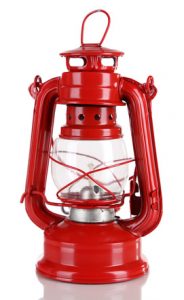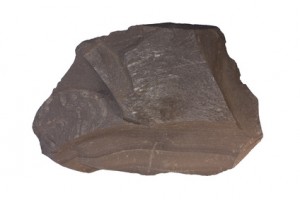Tuesday 02 January, 2018
Why So Many People Use Heating Oil
According to statistics, around 6 million households in the United States currently use heating oil as their main heating fuel source. Some of these households also use heating oil to warm up their water. This is done in much smaller batches than what you would find with other sources of heat for a water heater. Commercial and industrial buildings are also known to use heating oil for many things.
Benefits of Using Heating Oil
There are many benefits that come from using this heating source. If you currently use it, or you’re thinking of making the switch to it then it is important to think about the many benefits that come with this type of heating source.
- It is one of the most popular choices to go with when it comes to heating your home, making it a great product to get anywhere that you live.
- It is much safer to use than many of the other heating sources out there. It can only work within a specific burner and it will not explode.
- It is more effective at heating a home, making the home much more warm and comfortable for those living within it. This is a plus during those really cold nights.
- It is more cost effective. The system does not have to work as hard to put heat throughout the home. This benefits everyone.
- It is better for the environment. Since it is so effective at heating homes, this is one of the best sources of heat that doesn’t put too many emissions into the atmosphere.
Whatever the reason is for switching, this can be an ideal switch for you to make. You do not have to worry about not being able to get the heat that is needed since you’re using an efficient heating source that is getting the job done and making everyone comfortable in the end.
A local heating oil company can come out and provide the system, as well as the oil to your home. This provides you with a way to keep the system running, but not having to do any of the maintenance or filling of the oil system on your own.
Contact a local heating oil company to find out how they’re able to help you make the switch. You may be surprised to find all of the cost savings, as well as efficient benefits that come with the system when you do!
|










0